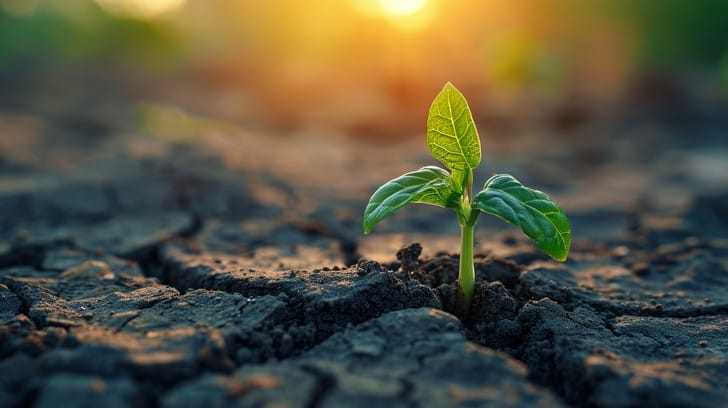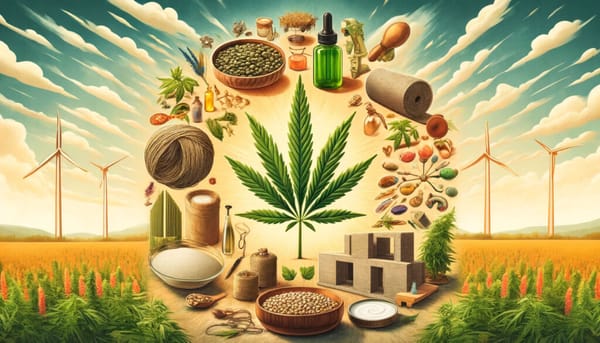Nature's Resilience: A Beacon of Hope for Humanity

As we navigate the complexities of modern life, it’s easy to become disheartened by the challenges facing our planet. Biodiversity loss, and pollution often dominate the headlines, casting a shadow over our hopes for a sustainable future. Yet, amidst these challenges, nature continues to demonstrate remarkable resilience, offering a powerful reminder of hope and the possibility for renewal.
The Power of Regeneration
Nature has an incredible ability to heal itself when given the chance. From forests regenerating after wildfires to coral reefs rebuilding after bleaching events, ecosystems have an innate resilience that can inspire humanity. This regenerative power serves as a blueprint for how we can approach our own challenges.
For example, initiatives like reforestation and wetland restoration are enhancing biodiversity and supporting local communities. By investing in regenerative practices, we can mirror nature's ability to bounce back, fostering a sense of hope and agency in the face of adversity.
The Role of Community
Humanity's connection to nature is deeply intertwined with our sense of community. Grassroots movements and local initiatives focused on conservation, sustainable agriculture, and environmental justice are growing worldwide. These efforts remind us that change often starts at the community level, where collective action can lead to significant impacts.
Community gardens, local clean-up days, and nature-based education programs are just a few examples of how people are coming together to foster a deeper connection with the environment. These initiatives not only restore ecosystems but also cultivate a sense of hope and purpose, uniting individuals around a common goal.
Innovation and Technology
Hope for humanity also lies in our capacity for innovation. As technology advances, we are finding new ways to address environmental challenges. Renewable energy sources, sustainable materials, and innovative conservation techniques are being developed to minimize our ecological footprint.
For instance, vertical farming and hydroponics are revolutionizing food production, allowing us to grow crops in urban areas with minimal land use. Similarly, advancements in clean energy technologies, such as solar and wind power, are paving the way for a more sustainable future.
A Vision for the Future
As we reflect on the resilience of nature and the collective efforts of communities, it’s essential to envision a future where humanity and the natural world coexist harmoniously. By prioritizing sustainability and environmental stewardship, we can create a world that not only meets our needs but also nurtures the planet.
Hope lies in our ability to learn from nature's resilience and to take actionable steps toward a sustainable future. Together, we can forge a path that honors our connection to the Earth and ensures a thriving planet for generations to come.



